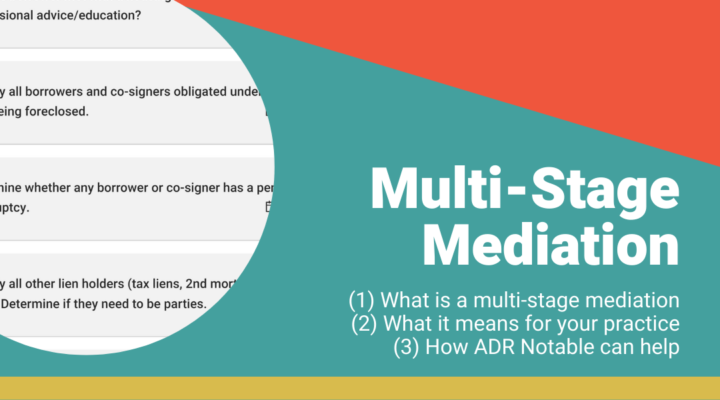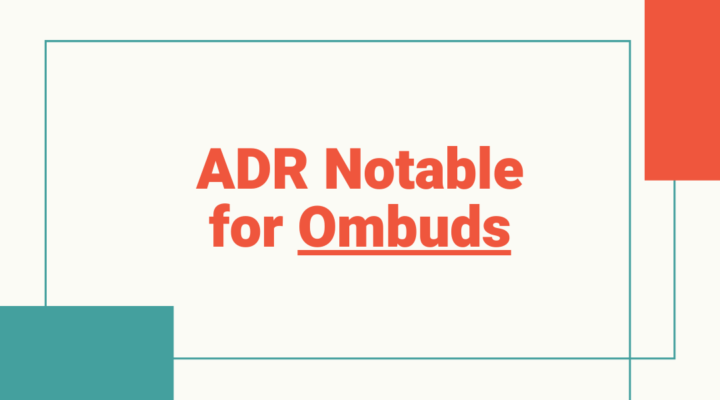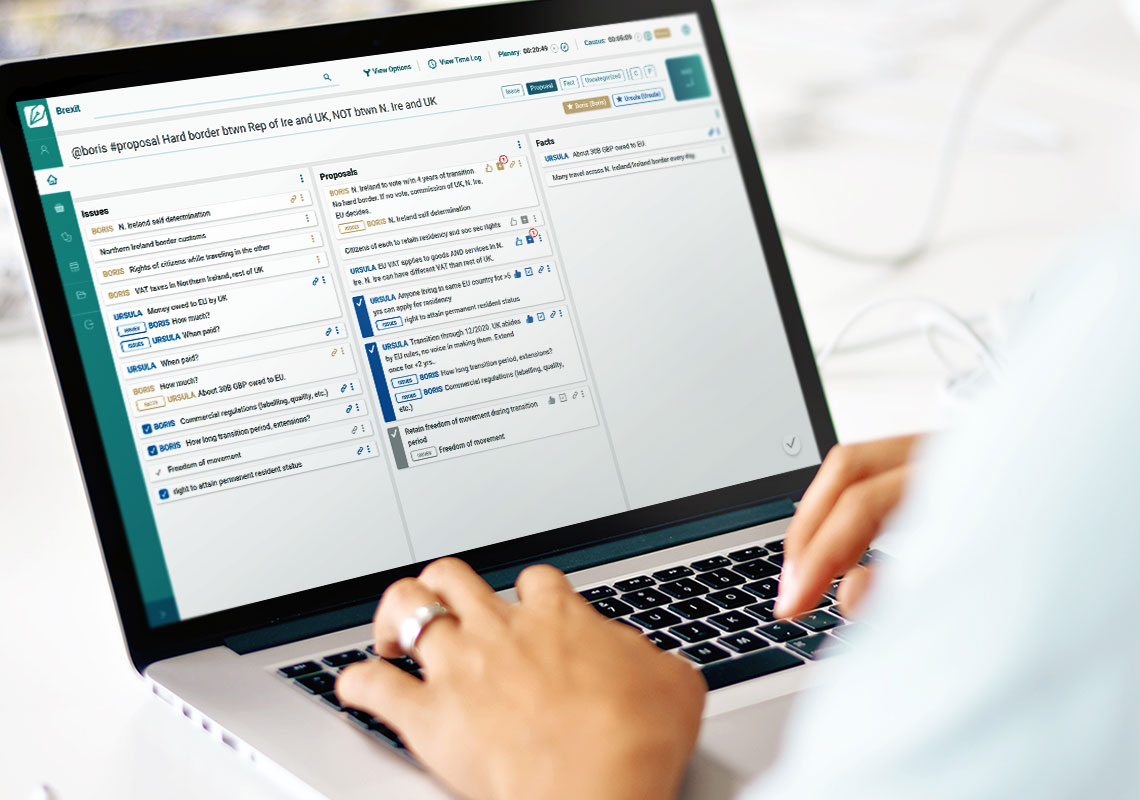The Lande Compendium of Checklists
 Gary Doernhoefer, the founder and managing member of ADR Notable, suggested that I produce this menu of checklists. ADR Notable is an app providing case management software to help mediators handle case intake, bill clients, manage client documents, develop checklists and task reminders, take notes, build documents, and manage client relationships generally.
Gary Doernhoefer, the founder and managing member of ADR Notable, suggested that I produce this menu of checklists. ADR Notable is an app providing case management software to help mediators handle case intake, bill clients, manage client documents, develop checklists and task reminders, take notes, build documents, and manage client relationships generally.
Gary recognized that our respective work complements each other’s. In recent years, I wrote a series of publications leading to what I call the Real Practice Systems Project. I became dissatisfied with traditional dispute resolution theories, which are greatly oversimplified and don’t provide realistic portrayals of actual practice. These theories can mislead practitioners and parties about what to expect in mediation. Part of the problem is that mediation is extremely complicated and variable, even in the simplest cases.
Read more about the Real Practice Systems Project.
Gary asked me to develop checklists for ADR Notable users. Gary was influenced by Atul Gawande’s excellent book, The Checklist Manifesto, which describes how checklists in business and medicine have promoted greater efficiency, consistency and safety.
Read our blog post There’s a Checklist for That by guest author Ken Grady.
Encompassing all aspects of a practitioner’s system
So I developed these checklists for mediators, illustrating numerous factors affecting mediators’ decisions in their practice systems. Their systems involve much more than their general techniques during mediation sessions. The systems also may include information about mediators’ backgrounds and practice, compliance with ethical requirements, initiating cases, participants’ preparation for mediation sessions, communication with participants before mediation sessions, logistics and scheduling of mediation sessions, and follow-up activities after mediation sessions. The checklists mostly use clear, generally-understood language, not dispute resolution terminology.
These checklists are concrete manifestations of Real Practice System Theory, illustrating that each mediator inevitably has a unique practice system. Under this theory, mediators base their systems on their personal histories, values, goals, motivations, knowledge, and skills as well as the parties and the cases in their mediations. They develop categories of cases, parties, and behavior patterns that lead them to design routine procedures and strategies for dealing with recurring challenges before, during, and after mediation sessions. They may reflect on their experiences and revise their techniques accordingly. Some of mediators’ systems are not carefully considered, do not include all these elements, and become unconscious habits over time.
Mediators’ conscious and intentional moves, based on the situation at hand
These checklists are intended to prompt mediators to become more conscious and intentional in their practice. They provide lists of things to keep in mind throughout their work, designed to help mediators develop routines of things they might not remember and strategies for dealing with recurring problems. They are not recipes for mediators to follow strictly, thoughtlessly, or completely.
Mediators must decide what to do each moment based on the particular circumstances of each situation. Mediators could perform almost any of the tasks in the checklists regardless of their views about various mediation models or theories.
Mediators can customize the checklists to reflect their values and practices
These checklists are extensive but not exhaustive. Mediators wouldn’t do all of the things in the checklists in any case, but the checklists should help them decide what to do in any specific case or in their practice generally. Mediators should tailor these checklists to develop their own checklists reflecting their values, practice philosophies, and characteristics of their cases and clients. Mediators’ own checklists would omit some items from these checklists and add others.
The checklists include items for cases that are or might be in litigation and where one or more parties are represented by attorneys. In non-legal cases where parties are self-represented, mediators can ignore those items.
Scroll down to the Demo to see how easy it is to copy a Lande Checklist to your own Library in ADR Notable and tailor it to your practice.
There is a video recording of a conversation Gary and I had about the checklists, the bibliography, and Real Practice Systems in general. You can find it at www.adrnotable.com/lande-compendium-webinar. The checklists are designed primarily for practicing mediators, but they may be valuable for teachers and trainers, students and trainees, program administrators, and academics analyzing mediation.
People who want to learn more about Real Practice Systems Theory can read the annotated bibliography that accompanies these checklists. It can be found in the ADR Notable Library once you are in the app. Most of the entries in the bibliography are short blog posts and articles. It also includes some law review articles and books for people who want to learn about this in more depth.
Watch the on-demand webinar, “A Conversation with John Lande.”
Using the Lande Checklists in ADR Notable
From ADR Notable: This brief self-guided demo will show you where to find the Lande Compendium and how to copy the Checklists into your own Library where you can tailor them to your practice. You can add checklist items, remove items or tasks, and reorder them. Once a Checklist is in your Library, you can pull it up in any case. For example, when you are heading into a caucus session, you may want to pull up “Points to Cover When Discussing the Substance of the Dispute“ to help you think about the full range of issues that may be involved. Try this brief self-guided demo to see how…just click on the “Let’s get started” button.






